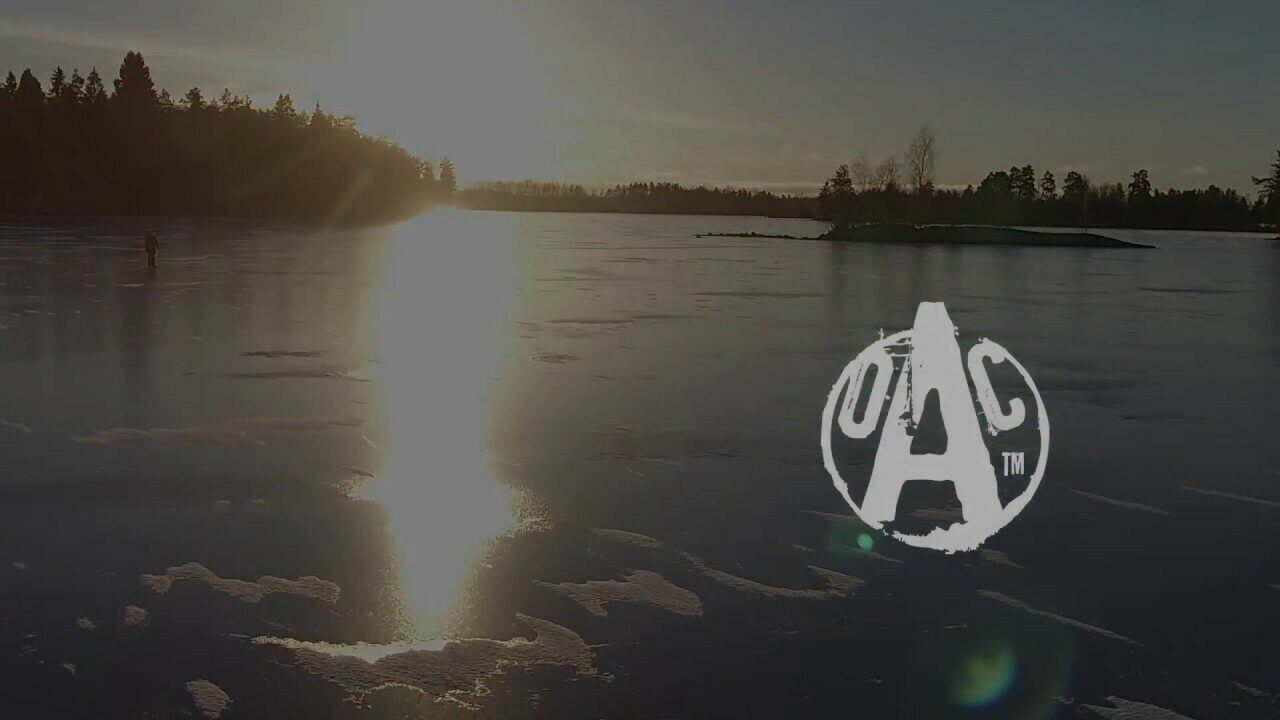Tour skating
Tour skating is recreational long distance ice skating on natural ice. The blades are longer than in normal skating.There are two main types of tour skates: skate with heel fixed to the skate, and skate where heel can move freely. Skating with the ladder is a bit harder: on the other hand you can skate faster with it, but on the other, moving is harder on uneven surfaces in poor skating conditions. There are two types of bindings for free heel skates: skating ski bindings and backcountry ski bindings. As for fixed heel skates, the bindings are "universal" and you can use stiff hiking boots with them. Nordic tour skating involves skating over open ice on lakes or sea, often in big groups for safety reasons.
When you go tour skating, it's good to have ice claws in case you need to haul yourself out of a hole in the ice. We recommend ice claws with a neck strap that can be adjusted so that they can't go over your head when you fall in. You should also have an ice pike (poles) to test ice thickness. The poles are usually aluminium, you don't use ski poles or telescopic poles because they can't be used to test ice thickness. Besides ice claws and pike, throwing line and another set of dry clothes are important. For safety reasons, don't keep anything in your pockets or use the wrist straps of your poles (they can complicate getting out of water if you fall through ice).
Necessary equipment on trips of Finnish Tour Skating Association
Characteristics of a good tour skate
- The blade has been attached to the platform by stamping or glueing, the skates made like this move easily also when there is snow on ice.- The blade is of high quality, since only high quality blade material stays sharp and can be sharpened.
- The profile of the blade should be sharpened in the factory. It can be tested by putting the blades of the skates against each other - there should be a slit of a few millimeters in the front and the back part of the blade.
- Skates with no profile are "directionally too stable" and unpleasant to use.
- Bindings keep the boot at its place, and they can be adjusted horizontally.
How to choose the lenght of a tour skate:
- It's better to have skates too long than too short.
- The shorter the skates are, the more agile they are.
- The longer the skates are, the easier they are to use on uneven ice.
OAC Skates - Nordic Skating at Saarikylat Finland, December 2016

 produktanmeldelser
produktanmeldelser